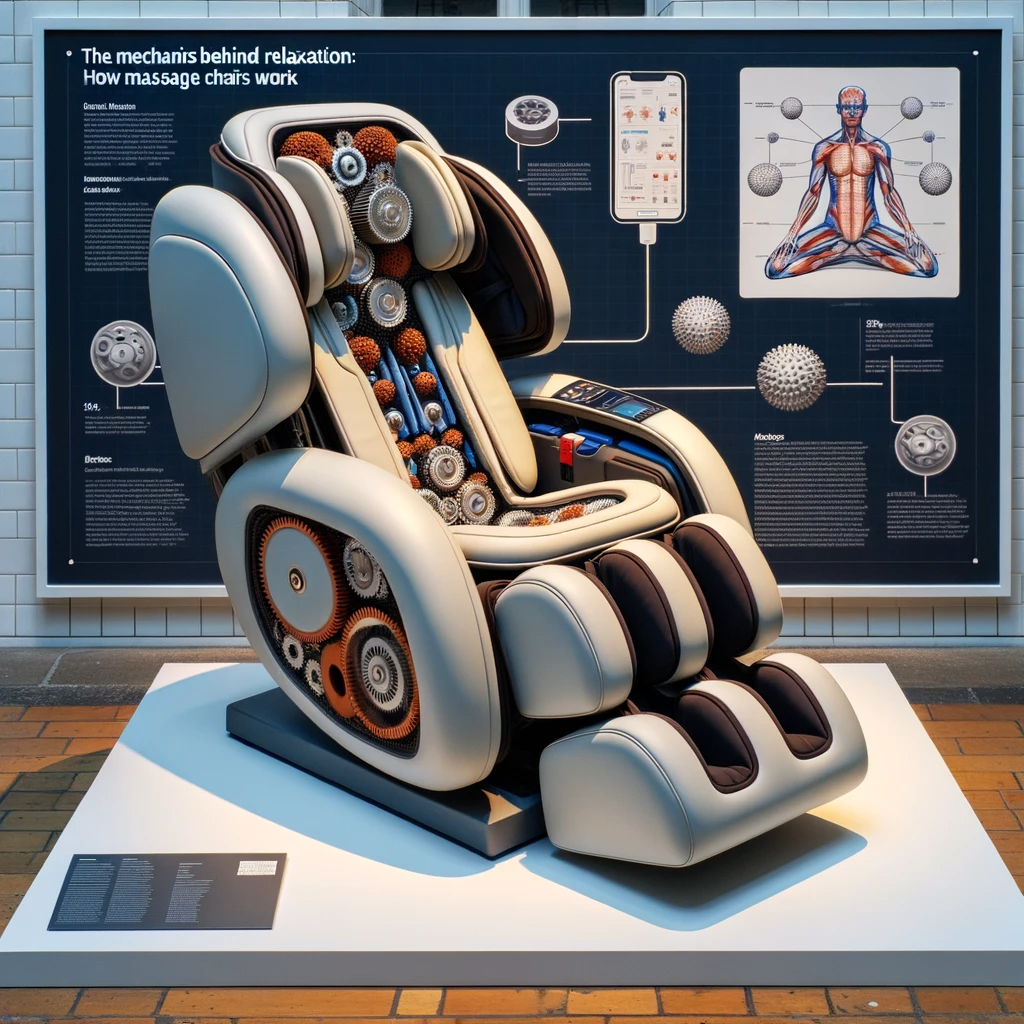The modern world has blessed us with many technological marvels, and among them, the massage chair stands out as a beacon of relaxation and comfort. But have you ever paused to ponder the science and intricacies behind these incredible machines? Let’s dive deep into understanding exactly how massage chairs work and what makes them such a cherished possession.

The Heart of the Machine: The Motor
Every massage chair’s foundation lies in its motor. Like the heart in a human body, it circulates life throughout the chair. Depending on the chair’s design and functionality, there can be multiple motors placed strategically to control the various rollers, nodes, and airbags. The stronger the motor, the more powerful and effective the massage experience.
Rollers and Nodes: The Masseuse’s Hands
If motors are the heart, rollers and nodes mimic the masseuse’s hands. Moving in patterns dictated by the chair’s programming, they can replicate various massage techniques. Some advanced chairs even feature 3D rollers that move up and down, left and right, and even in and out, simulating deep tissue massages with precision.
Air Compression Massage: The Gentle Squeeze
Many contemporary massage chairs incorporate airbags. These bags inflate and deflate, creating a compression effect on the targeted body part. Commonly found around the arms, legs, and neck regions, they mimic the sensation of hands squeezing and releasing, promoting better blood circulation and muscle relaxation.
Track Systems: Guiding the Massage Journey
There are primarily three types of track systems in massage chairs: S-Track, L-Track, and Hybrid Track. The S-Track follows the body’s natural spine curve, ensuring the rollers massage the back effectively. The L-Track extends the massage from the neck down to the glutes and hamstrings. The Hybrid Track combines the best of both.
Heat Therapy: Warming Up to Relaxation
Heat is a proven remedy to ease muscle tension. Modern chairs incorporate heating elements, especially around the lumbar region, to soothe stiff muscles. When combined with massage, heat accelerates relaxation and promotes better healing.
Zero Gravity and Space Saving: The Final Touch
Many advanced chairs offer a zero-gravity position, inspired by astronauts’ posture during a spaceship launch. This position distributes weight evenly across the chair, reducing strain on the body and offering a deeper, more intense massage experience. Space-saving technology, on the other hand, ensures the chair reclines without requiring too much space behind it, making it perfect for modern homes.
The Technological Symphony
With all these components working in tandem, a massage chair becomes more than just a chair. It’s a technological symphony of motors, rollers, airbags, and tracks, all harmonizing to give you the perfect relaxation experience. As we continue to advance technologically, there’s no doubt that these chairs will evolve, bringing even more comfort and relaxation techniques into our living rooms.
Conclusion
The journey from a simple recliner to today’s sophisticated massage chair has been nothing short of fascinating. While it’s easy to recline and forget the world, understanding the mechanics behind our relaxation makes the experience even more profound. With every session, you’re not just engaging with a piece of furniture but a marvel of modern engineering designed to melt your stress away.






